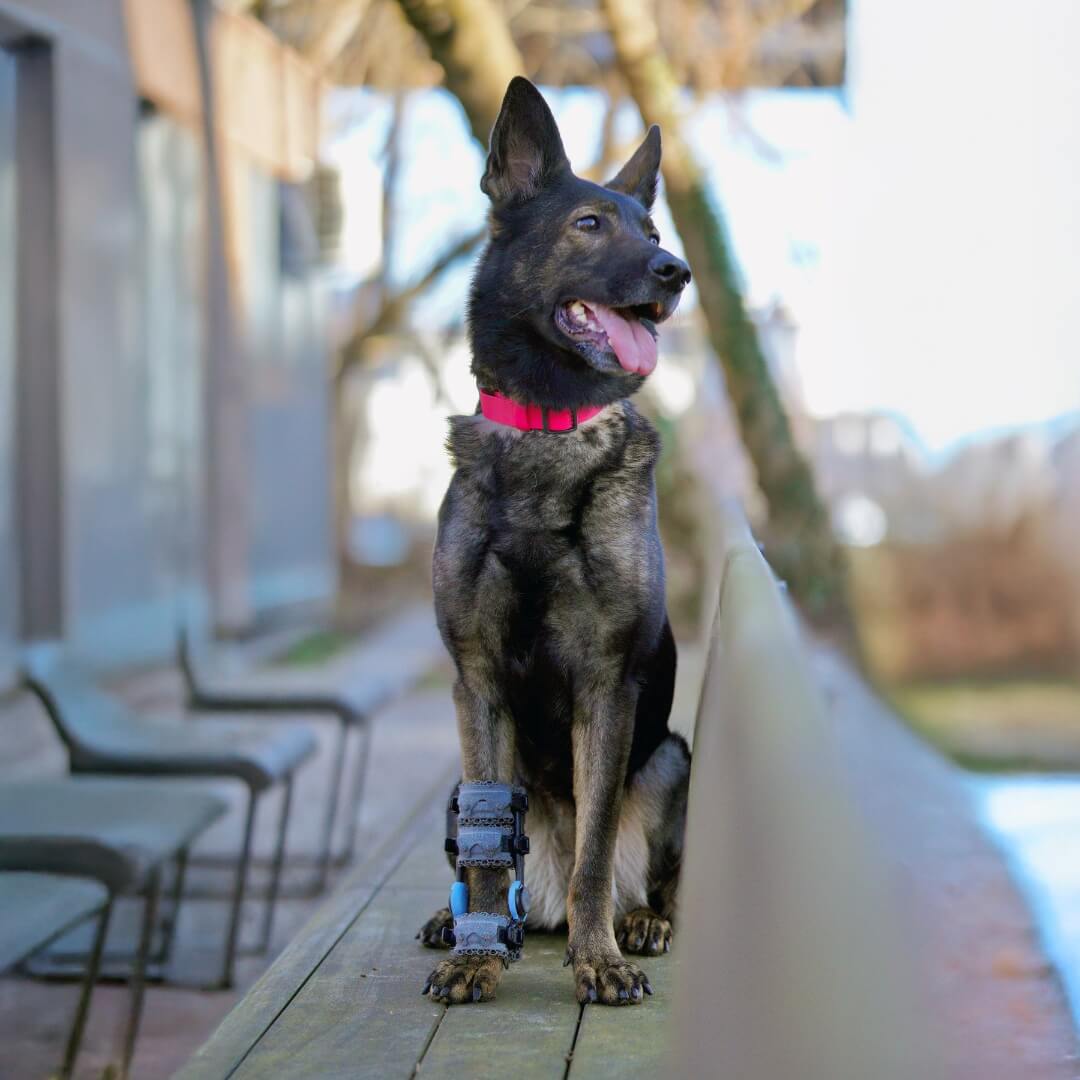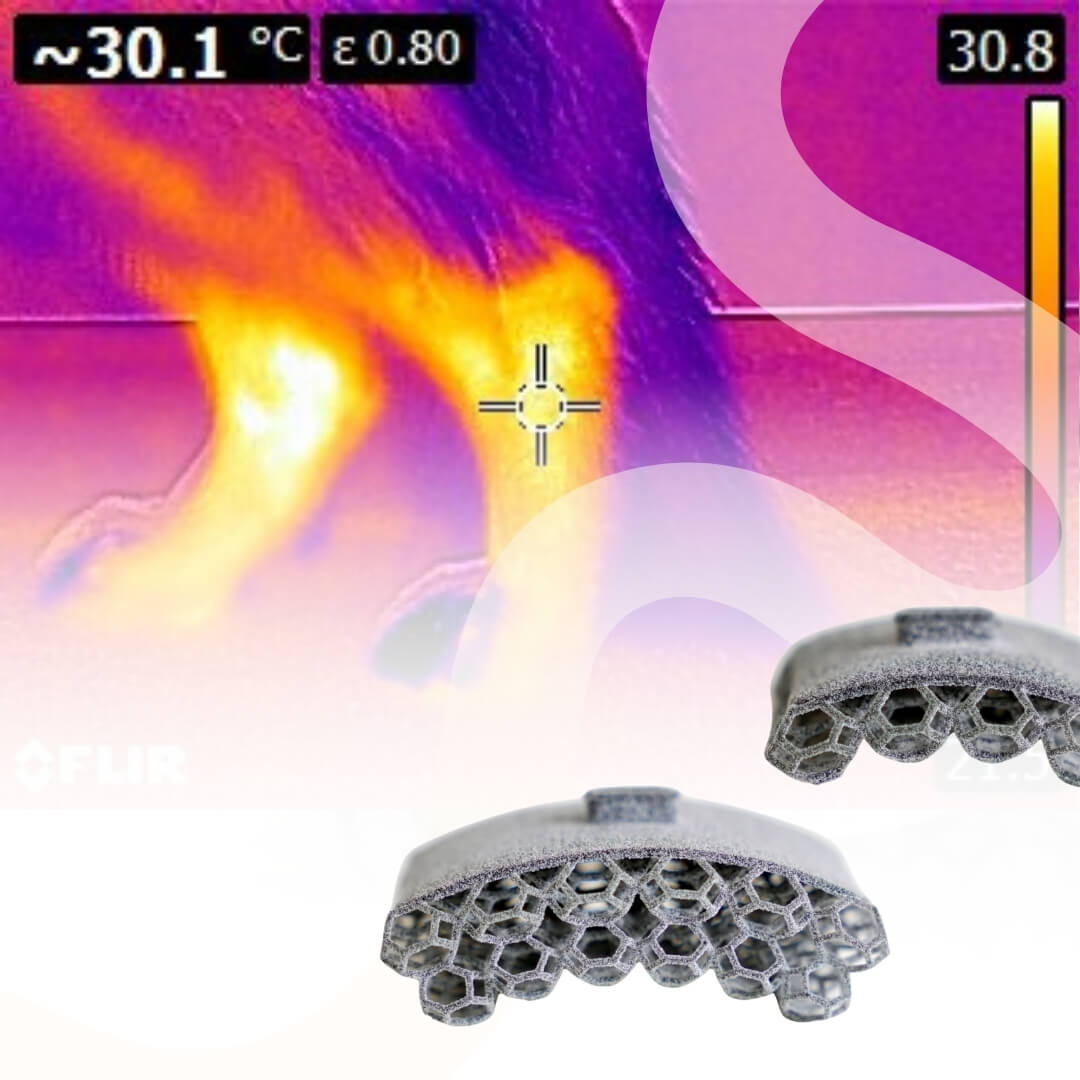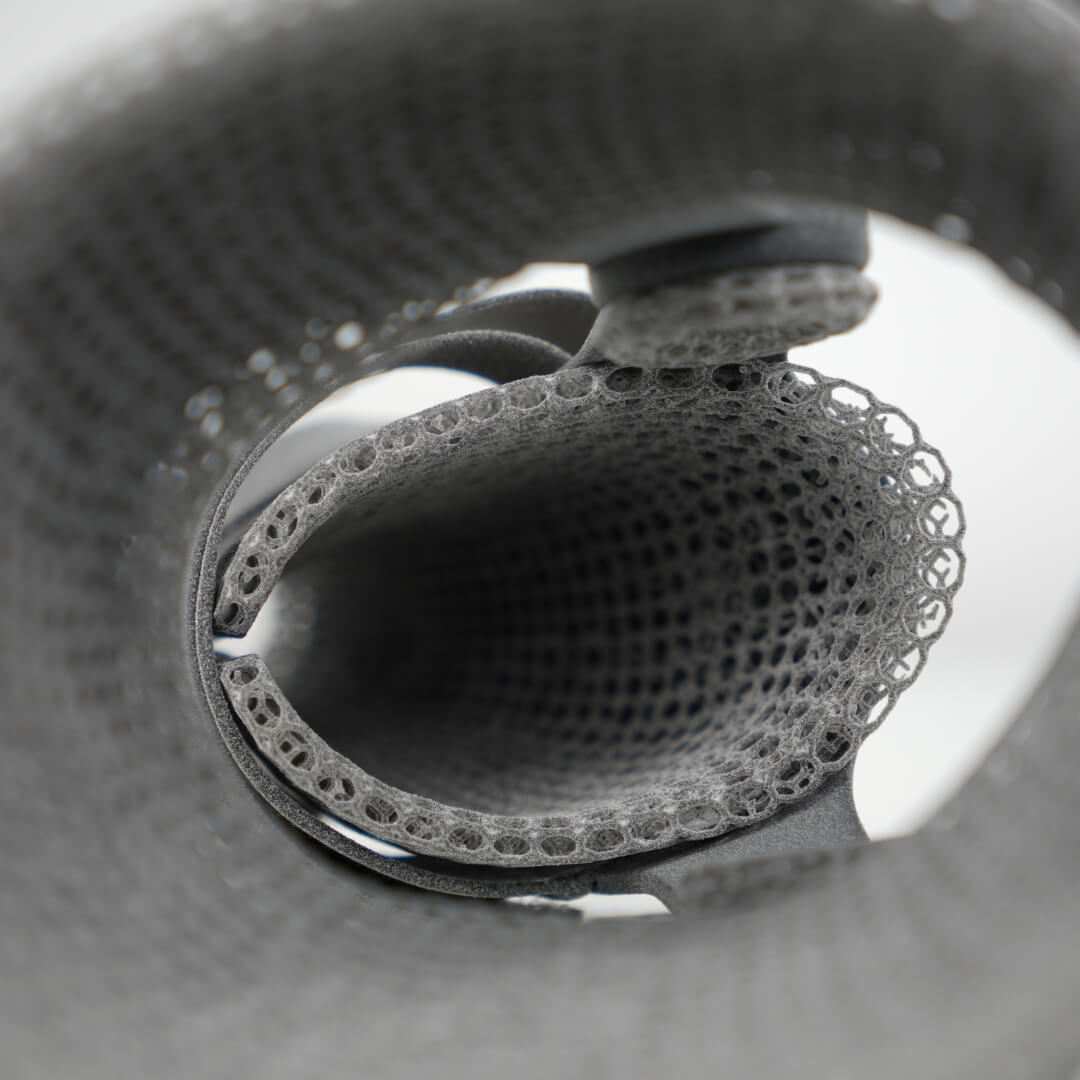ORTHOTICS
-

What To Know Before Considering a Veterinary Orthotic or Prosthetic (V-OP) for Your Pet
Using a WIMBA orthosis or prosthesis is a meaningful investment in your dog’s health, but it does require daily involvement, consistency, and a bit of patience. In this article we explain what that looks like. Daily Application of Your WIMBA Device You’ll be responsible for putting the device on (donning) and taking it off (doffing)…
-

German Shepherd Health Guide: Mobility, Orthopedic Risks, and How to Help Your Dog Thrive
German Shepherds are loyal, intelligent, and remarkably driven dogs. Their athletic build and sharp focus make them exceptional partners — not only for active families but also in demanding roles like police work, military service, and search and rescue. With the right guidance, preventive care, and support from your veterinarian, German Shepherds can thrive both…
-

How to Become a WIMBA Provider: A Guide for Veterinary Professionals
Are you a veterinary professional looking to offer innovative, plaster-free, custom-made orthotic and prosthetic solutions in your practice? Becoming a WIMBA Provider could be the perfect opportunity for you! This blog post will guide you through the steps to join our growing network and highlight the key benefits of incorporating WIMBA’s advanced care into your…
-

3D-Printed Lattice Structures and Skin Temperature in Orthotics
As a caring pet parent, you want the best for your furry friend, especially regarding their comfort and health. If your dog or cat is currently using an orthotic device or has been recommended one by your vet, you might be concerned about its comfort and effectiveness. Have you ever considered if there’s a better…
-

3D Printing Materials for Pet Orthotics: Part 2 – TPU01 Inserts
Ensuring the best possible care for pets is always a top priority. At WIMBA, we understand the critical role that comfort and support play in the recovery process for dogs or cats needing orthotics. Today, we’ll delve into the specifics of the inserts used in our orthotics, crafted from BASF Forward AMs Ultrasint® TPU01 material,…
-

3D Printing Materials for Pet Orthotics: Part 1 – The Role of HP
In veterinary care, it’s essential to keep up with the latest innovations. At WIMBA, our focus is on delivering top-quality orthotics for pets to aid in their comfort and recovery. A key component of our approach is the advanced HP Multi Jet Fusion (MJF) technology. In this article, we’ll explore how MJF technology is transforming…
-

WimbaSCAN – Impression Vets and Pets Deserve
In the evolving landscape of Veterinary Orthotics and Prosthetics (VOP), the quest for the most effective and efficient method of capturing the unique contours of an animal’s limb for orthotic or dog prosthetic fabrication has been ongoing. Explore the limitations of conventional casting methods and discover WimbaSCAN for precise and efficient pet orthotics solutions. For…
-

Patient Care After Orthopaedic Surgery
Disability among veterinary patients is no longer as big a problem as it once was. A surgical injury, defects due to anatomical structure, partial paresis or paralysis are not a sentence for a beloved pet. Thanks to the work of many scientists, engineers, veterinary surgeons and zoophysiotherapists, patients with orthopaedic and neurological problems can count…







